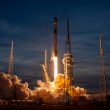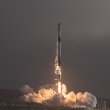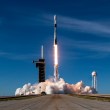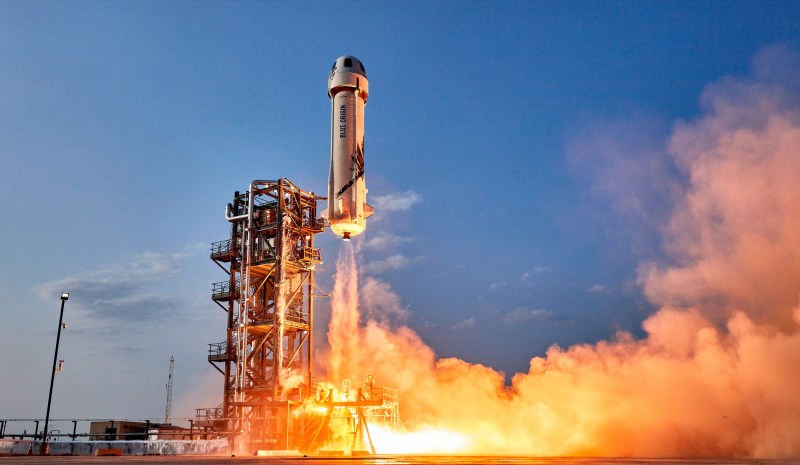Featured Image: Blue Origin
Lift Off Time | August 26, 2021 – 14:31 UTC | 09:31 CDT |
|---|---|
Mission Name | NS-17 |
Launch Provider | Blue Origin |
Customer | NASA, several Universities, Blue Origin |
Rocket | New Shepard 3 |
Launch Location | Launch Site One, Corn Ranch, Texas, USA |
Payload mass | N/A |
Where did the spacecraft go? | Suborbital trajectory |
Did they attempt to recover the first stage? | Yes |
Where did the first stage land? | It landed at Blue Origin’s landing pad, ~3.3 km (~2 miles) from the launch site |
Did they attempt to recover the fairings? | There are no fairings on the New Shepard vehicle. |
Were these fairings new? | There are no fairings on the New Shepard vehicle. |
How was the weather? | N/A |
This was the: | – 16th uncrewed flight of a New Shepard vehicle – 4th flight for Blue Origin in 2021 – 8th flight for the New Shepard 3 booster – Quickest succession of New Shepard flights |
Where to watch | Official replay |
How did it go?
Blue Origin conducted another successful launch of their capsule dedicated to commercial payload. New Shepard lifted off of the pad at 9:31 am CDT and traveled to a height (apogee) of 105,619 m (347,430 ft). Total mission time was 10 minutes, 38 seconds. NS-17 carried important cargo for NASA (11 payloads) with additional seven other commercial payloads.
What are the NASA payloads?
The main goal of the NASA payloads on NS-17 are to test technology for future use on the lunar surface. In specific, the Navigation Doppler Lidar and the Descent Landing Computer, which will aid in determining velocity and positioning of a descending space craft (Navigation Doppler Radar) to an extreme percision. Furthermore, the Descent Landing Computer calculates and interprets the data from the Lidar sensors on the exterior of the vehicle.
The Deorbit, Descent, and Landing (DDL) Demonstration has previously flown once on a New Shepard vehicle on October 13, 2020. Results from the flight revealed improvement opportunities in multiple areas of the system. These were tested on NS-17 and data from the experiment has yet to be released.
What is Lidar?
Lidar stands for Light Detection and Ranging and uses pulses from lazers to generate an image of an object or in this case surface of the ground. Based on the time it takes for a lazer pulse to return, it can be determined how far away an object is to get a sense of depth. This will be particularly helpful on the Moon when massive craters begin to pose a problem for spacecraft that wish to land on the surface.
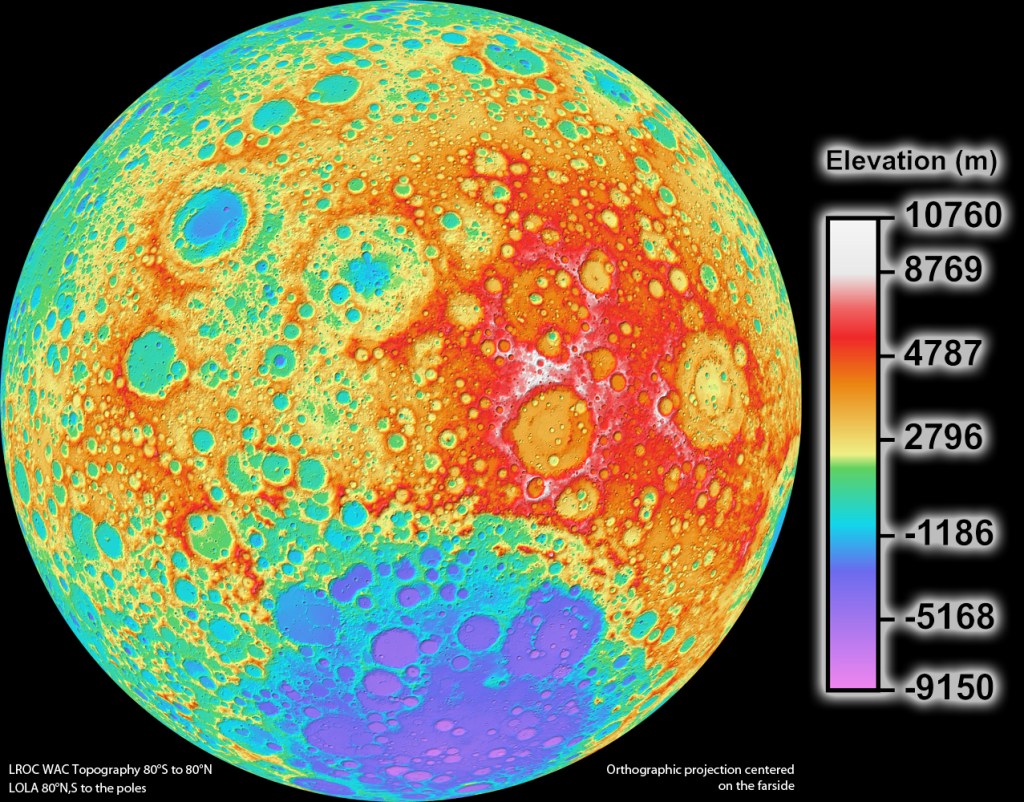
The entire instrument consists of a multitude of parts that must work together in unison. The main parts are a laser and a scanner – a laser to send out the laser pulses and a scanner to receive them back. This technology can be used to map the Earths surface in extreme detail as well as other objects and buildings. It is also used in self driving cars to precisely view the area around them as it is a rapidly changing environment.
Experiments on NS-17
In addition to the DDL demonstration were multiple other NASA and University-funded and lead experiments. These experiments come from Carthage College and the University of Florida, as well as NASA’s Southwestern Research Institute.
Modal Propellant Gauging
Carthage College in collaboration with Kennedy Space Center Cryogenics Laboratory has developed the Modal Propellant Gauging Experiment, which will help to further develop a technology to accurately gauge fuel levels in a low gravity environment. To do this, researchers will aim to exploit the idea of the load a propellant exerts on the tank, which it is encapsulated in. In other words, they will use the container, in this case a tank, along with other instruments and the properties of fluid dynamics to measure the fuel level.

According to Carthage College, they are developing a non-invasive technique, which will use the resonant acoustic modes of a tank to measure the fuel level. With this, minimal additional hardware should be required. By observing the vibrational spectrum of objects, scientists will be able to infer its structural properties.
Biological Imaging in Support of Suborbital Science
The University of Florida is studying the growth of plants on the International Space Station. Since it is significantly cheaper to conduct experiments on suborbital flights, plant molecular biologists Robert Ferl and Anna-Lisa Paul have worked to develop new methods of examining plants in space.
Liquid Acquisition Device (LAD-3)
Flying on New Shepard for the third time is the Liquid Acquisition Device (LAD-3), which studies cryogenic fluid management in a low gravity environment. It demonstrates how liquid and vapor behave in a microgravity environment.
Art on NS-17
In addition to advancing experiments, Ghanaian artist Amoako Boafo has crafted three pieces to fly on the New Shepard capsule. They were illustrated on the main parachute covers and depict a self portrait, a portrait of his mother, and a portrait of his mother’s friend. The artwork is for Uplift Aerospace’s Uplift Art Program, which selected Amoako Boafo to perform this honor.

What is the New Shepard capsule?
The New Shepard Crew Capsule has the capability to carry up to six people in a large pressurized 15 m3 (530 ft3) interior. Blue Origin’s main goal is to open up the experience of microgravity and see the curvature of the Earth to the general public. Each large window can let through 92% of visible light despite its structural ability to hold pressure making the experience that much more clear.
For the enjoyment of passengers post flight and for analysis of internal cargo, the capsule is equipped 2 high quality cameras that are able to view both the inside and outside of the capsule. It is important to note that there are two active capsules in use. Their designations are Nose 1 and Nose 2. Nose 1 is dedicated for cargo missions such as this one, NS-17. Nose 2 has been human rated and flew on the previous mission, NS-16.
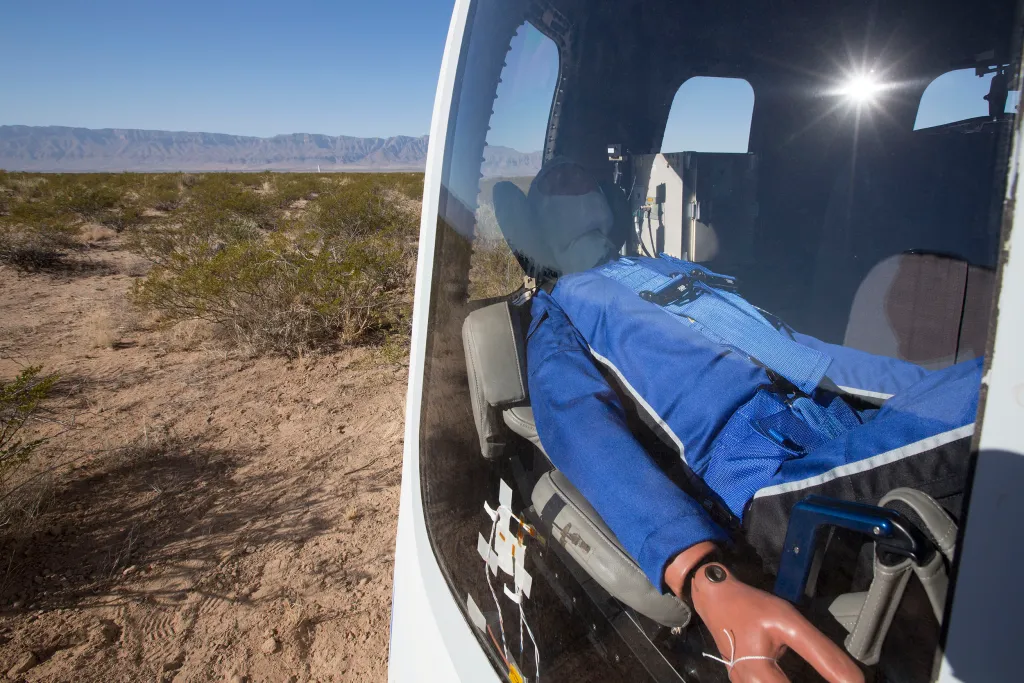
For safety, the capsule has a built-in solid-fueled abort motor known as the Crew Capsule Escape Solid Rocket Motor (CCE-SRM) in the “pusher” configuration. Crew Capsules are able to fly after the CCE-SRM has been fired, as Nose 1 has already proven. Check out the Everyday Astronaut video and article on the differences and advantages/disadvantages to puller versus pusher configured motors. This motor comes from Aerojet Rocketdyne and has already been proof tested on the final flight of NS2.
What is New Shepard?
Aptly named New Shepard, after the first American to be launched on a suborbital trajectory, Alan Shepard, this rocket will only ever perform suborbital flights. So far there have been four New Shepard rockets built: NS1, NS2, NS3, and NS4. NS1 flew for the first time on April 29, 2015 and reached an altitude of 93.5 km (58.1 mi) before failing to land because of a hydraulic pressure issue. The capsule landed successfully by parachute and was recovered.
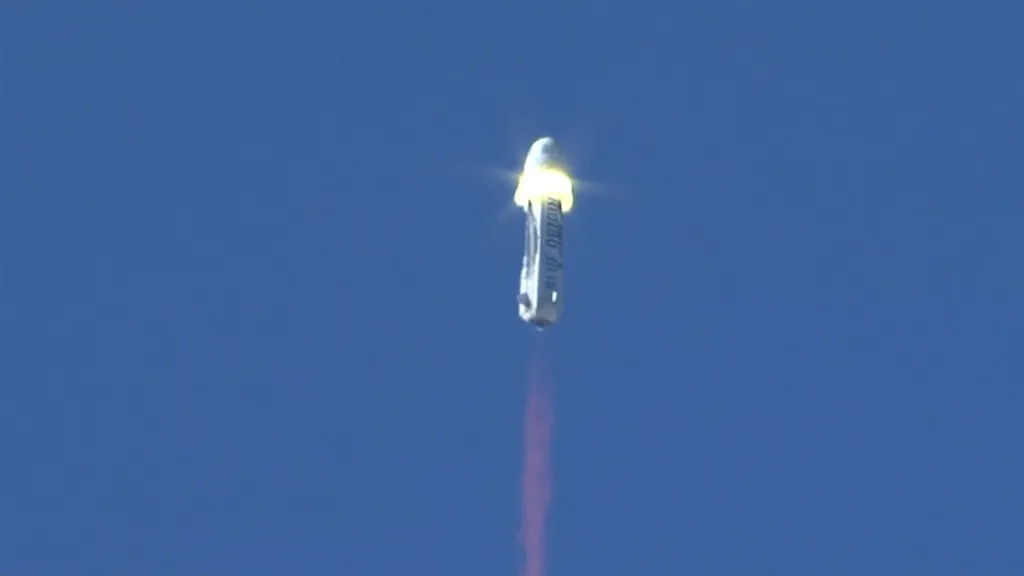
The New Shepard booster is powered by a single BE-3PM liquid-fueled engine with the capability of producing 489 kN (110,000 lbf) of thrust. The BE-3 is fueled by liquid hydrogen (LH2) and liquid oxygen (LOx) and was developed and tested by Blue Origin in the 2000s.
NS2
After the failure of NS1, Blue Origin then moved on to NS2 which completed the first successful launch and landing of a New Shepard booster on November 23, 2015 after reaching an apex of 100.5 km (62.4 miles). This marked the first time that a New Shepard rocket had carried a capsule to just above the Kármán line, descended in a controlled fashion, and landed successfully on deployable landing legs. About a month later SpaceX did one better – they landed an orbital class rocket booster for the first time.
NS2 was also the booster to perform the famous in-flight abort where the Crew Capsule 2.0 fired its single solid-propellant abort motor at an altitude of 7.1 km (4.4 miles) to simulate a failure of the booster. This test was successful and both the capsule and booster were recovered. NS2 went on to complete five more successful test flights before it was retired.

NS3 for NS-17
After the retirement of NS2, Blue Origin had moved on to testing their still active NS3 vehicle. So far, NS3 has completed 8 successful flights with the first flight occurring on December 12, 2017. NS3 was also the booster to fly Crew Capsule 2.0, the second iteration of the capsule. Improvements to NS3 included enhanced recovery hardware to increase reusability, as well as increased thermal protection.
NS4
NS4 is the only crew rated booster in the active fleet. This fleets is only comprised off NS3 and NS4 since NS1 was destroyed and NS2 is on display. Due to it being a crew rated booster, it will only fly Nose 2 – the only crew rated capsule – from here on out.

